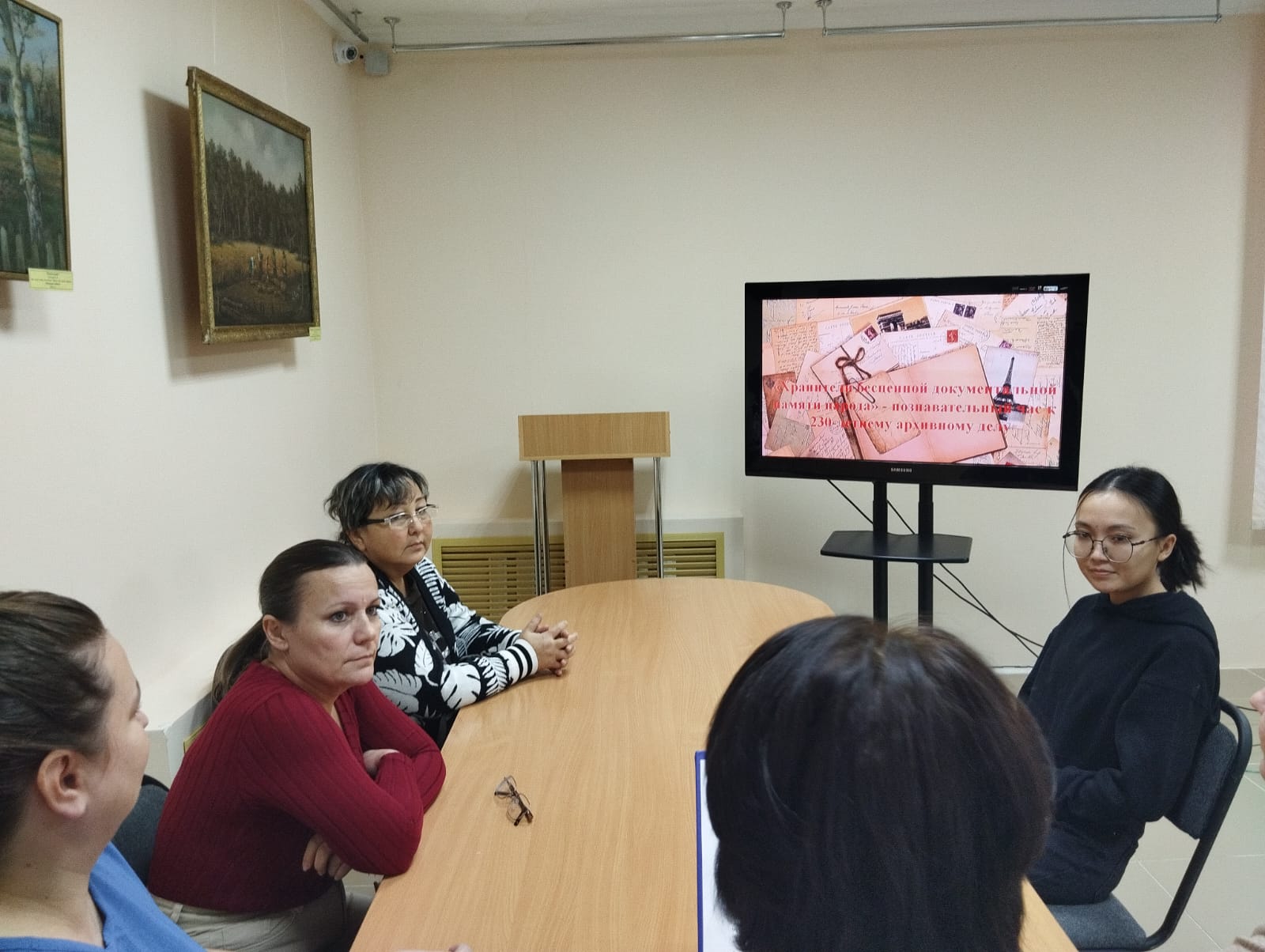Dear visitors to the celebration of Nauryz! The staff of the B. Mailin Museum of History and Local Lore has organized for you a set of photographs from the institution’s fund, the moment of the celebration of Nauryz, on the central square of the village of Taranovskoye (now Әyet), from the period 1991, as well as a short history of the emergence of the holiday.
According to various historical chronicles, Nauryz is one of the most ancient holidays on Earth. It has been celebrated for more than five thousand years as a holiday of spring and renewal of nature.
In Kazakhstan, the celebration of Nauryz has been banned since 1926, when it was considered religious. The celebration was resumed only in 1988. However, Nauryz received official recognition only on March 15, 1991, when the decree of the President of the Kazakh SSR “On the National Spring Festival” declared March 22 as the day of the vernal equinox, and “Nauryz Meiramy” as a holiday.
Since 2001 it has become a public holiday, and since 2009 it is celebrated for three days – from March 21 to 23. This holiday is a symbol of spring renewal, the celebration of love, fertility and friendship. In the old days, before the arrival of Nauryz, people put their houses and households in order, and planted trees and flowers in honor of the holiday. It was believed that if Nauryz enters a clean house with a good owner, then illnesses, failures, and adversities will pass him by. Otherwise, Nauryz is called “Ulystyn uly kuni”, which translated means “Great Day of the People”. The name of the holiday “Nauryz” consists of two ancient Iranian words “now” (new) and “rose” (day). In ancient times, they believed that on the eve of the holiday happiness walked across the earth, so the night before Nauryz was called the night of happiness, that is, Nauryz is the day when goodness, light comes to the earth, when flowers bloom, birds begin to sing, the steppe is covered with lush green grass, streams begin to flow, New Year descends on Earth. Nauryz was the day when goodness is established on earth. Despite the fact that among nomadic peoples the Nauryz holiday symbolizes the end of winter and preparation for the summer season, due to weather conditions this day was sometimes celebrated with snow. A lot of food was always prepared on Nauryz, which was a symbol of abundance in the coming year. The festive dastarkhan on this day consisted of seven items, each of which had a symbolic meaning. A lot of butter was churned in large clay pots. In addition to the traditional nauryz kozhe, made from seven ingredients (meat, salt, fat, onion, wheat, kurt, irimshik), a special seven-day kumys was insisted on for the holiday. A festive dastarkhan was served in every home. Before and after the meal, the mullah read prayers in honor of his ancestors. Then the eldest in age gave a blessing (bata) for a prosperous year. Also on this day, traditional games and aitys were held. Young people gathered at the swing – altybakan. The Nauryz holiday has always been accompanied by massive fun.




